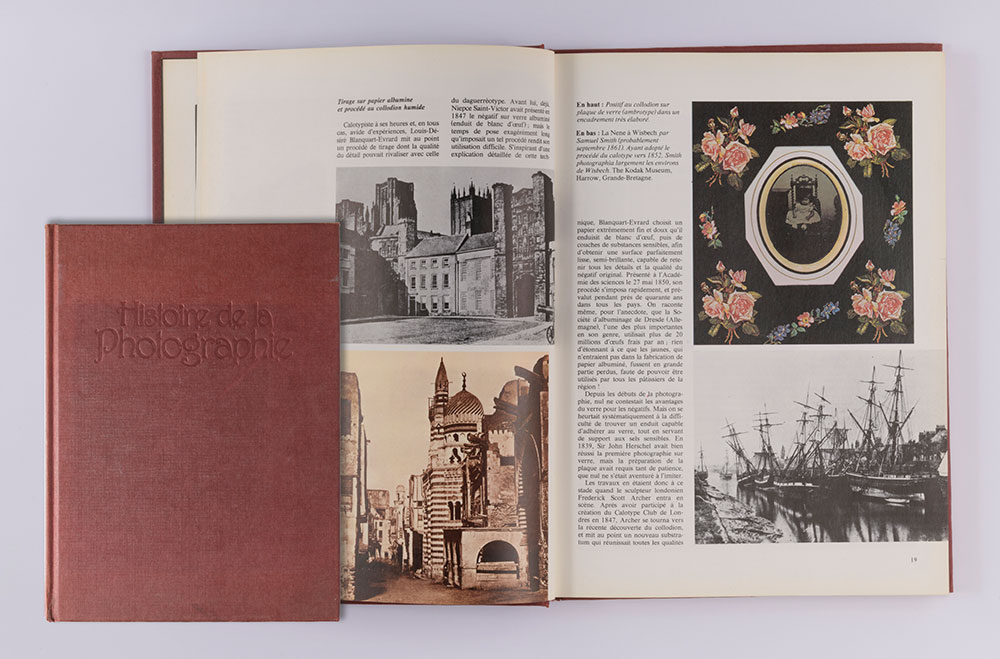Fundo Bibliográfico

Wills, Camfield, Deirdre Wills. 1980. “Positif au collodion sur plaque de verre (ambrotype) dans un encadrement très élaboré”. Histoire De La Photographie, 19. Paris: Princesse
“Positif au collodion sur plaque de verre (ambrotype)…”
Tinha conhecimento que o processo do colódio húmido foi o mais usado na fotografia de 1851 a 1875?
O processo do colódio húmido foi um dos primeiros processos da história da fotografia. Foi inventado por Frederick Scott Archer (1813-1857) que insatisfeito com a produção de negativos em papel por ser pouco transparente e pelas fibras do papel ficarem impressas na imagem experimentou uma variedade de soluções. Em 1851 fez uma descoberta quando revestiu uma placa de vidro com uma solução de colódio e expôs a placa enquanto ainda estava húmida. A preparação química da placa de vidro, a captação e a revelação tinham de ser realizadas em sequência e com certa rapidez enquanto o colódio ainda estivesse húmido.
A redução do tempo de exposição e a estabilidade da emulsão empregue, que era resistente ao tempo fez com que os negativos em papel fossem substituídos por um suporte mais rígido e transparente (o vidro) e por uma substância aquosa (o colódio), sobre a qual era colocada uma solução de nitrato de prata.
Did you know that the wet collodion process was the most widely used in photography from 1851 to 1875?
The wet collodion process was one of the first processes in the history of photography. It was invented by Frederick Scott Archer (1813-1857), who was dissatisfied with the production of paper negatives due to their lack of transparency and to the fact that paper fibres were imprinted on the image, and experimented with a variety of solutions. In 1851, he made a discovery when he coated a glass plate with a collodion solution and exposed the plate while it was still wet. The tasks of chemically preparing the glass plate, capturing the image and developing it had to be carried out sequentially and fairly quickly while the collodion was still wet.
The reduction of exposure time and the stability of the emulsion that was used, which was resistant to time, led to paper negatives being replaced by a more rigid and transparent support (glass) and an aqueous substance (collodion), on which a silver nitrate solution was placed.
It was considered a possibility for producing glass negatives, but because it dries quickly, it does not allow producing photographic images, as the dried collodion loses light sensitivity and is no longer permeable to the processing baths.